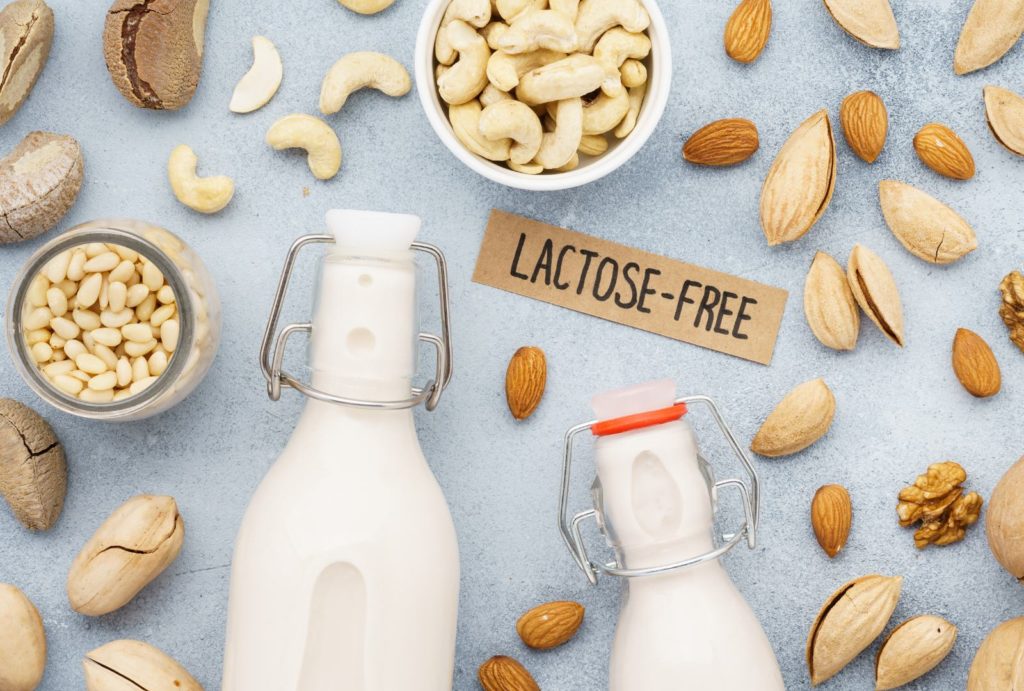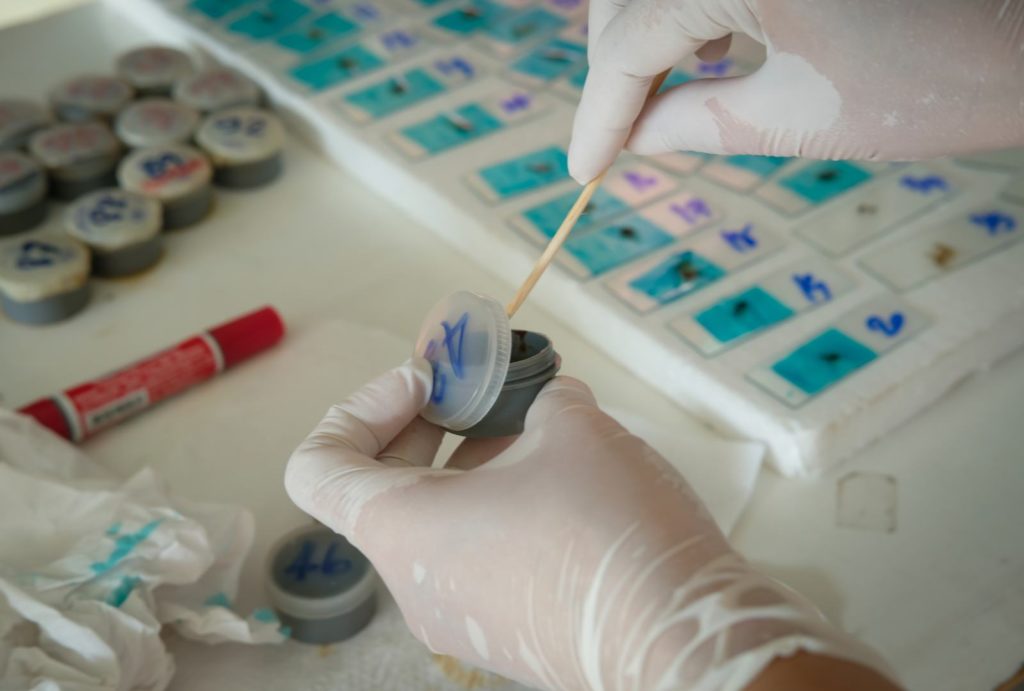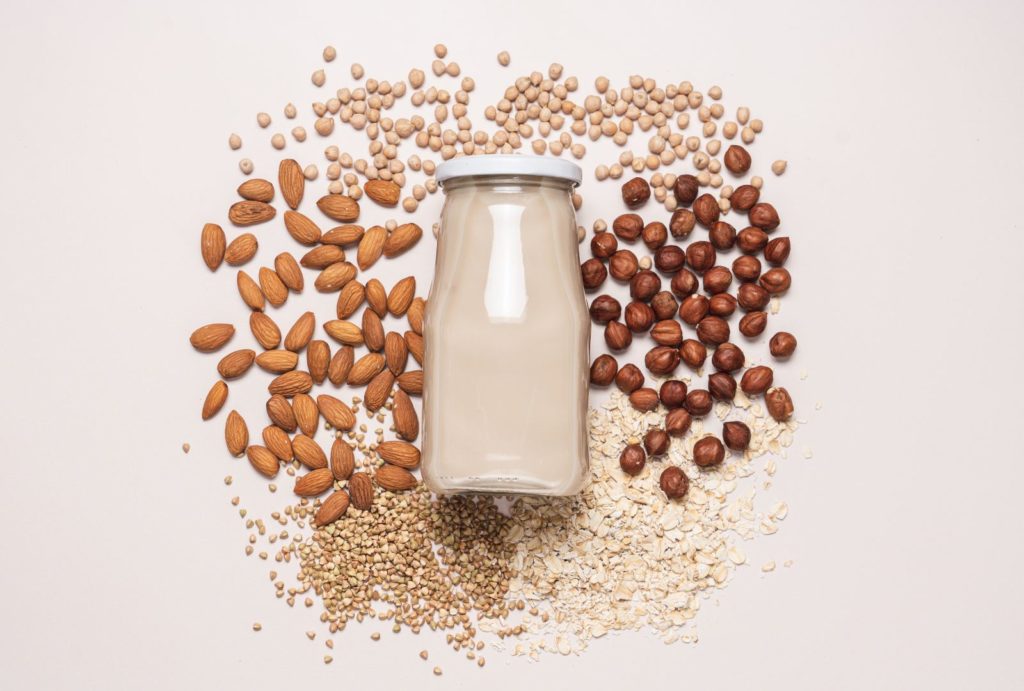Your stool is one of the most powerful indicators of your overall health, hormonal balance, and even longevity. Paying attention to your bowel movements can reveal what’s really happening inside your gut, how efficiently your metabolism works, and whether your hormones are in sync.
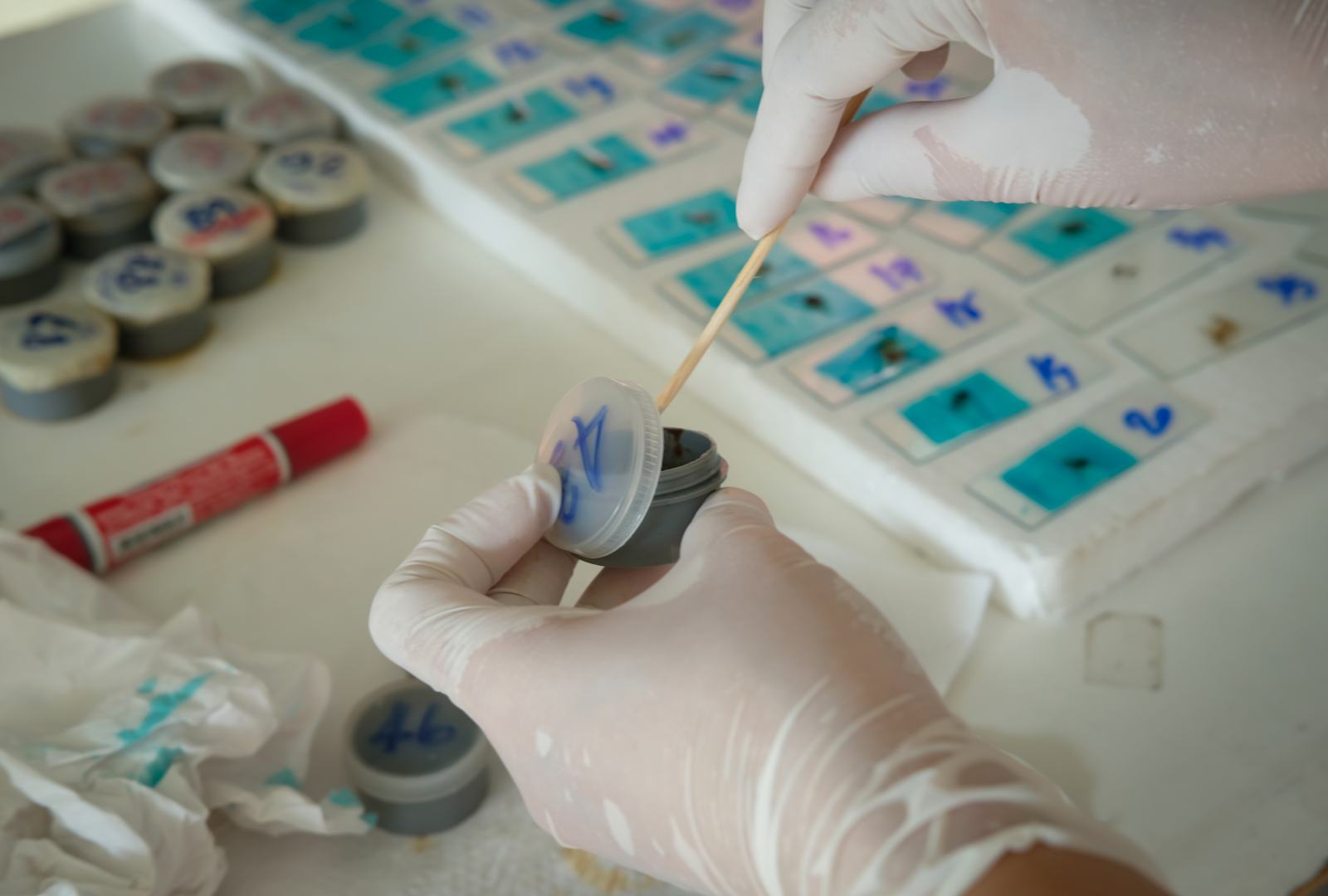
What Can Your Stool Tell You?
Your stool reflects far more than digestion alone. It can show whether you’re hydrated, how well you absorb nutrients, and whether inflammation or dysbiosis (microbial imbalance) is present. It also helps identify potential issues such as leaky gut, food intolerances, infections, or even early warning signs for conditions like colorectal cancer.
Changes in your stool’s color, consistency, and frequency offer valuable clues:
- Color: Healthy stool is medium to dark brown. Variations can indicate different issues:
- Pale: Possible pancreas, bile, or liver problems
- Clay-colored: May suggest celiac disease
- Orange: Bile duct obstruction or proton pump inhibitor (PPI) use
- Yellow: Parasites, high-fat diet, or stress-related
- Dark red or red: Digestive tract bleeding or recent beetroot consumption
- Black: Iron supplements or undigested food
- Green: Fast transit or large consumption of greens
- Consistency: Well-formed, soft stools that pass easily are ideal. Hard pellets suggest constipation; loose stools may indicate inflammation or fat malabsorption
- Frequency: One to three bowel movements daily is considered normal. Significant deviation could indicate imbalance.
- Odor: While some odor is normal, very foul-smelling stools may signal malabsorption, bacterial overgrowth, or food intolerance.
- Other signs: Mucus may suggest inflammation or infection; floating stool often indicates fat malabsorption or high gas contentIdeally, stool should be medium brown, soft but well-formed, and passed one to three times per day without strain or urgency.
Refer to the Bristol chart below to evaluate it. Ideally you should have a number 3 or 4.
1. Stool as a Biomarker for Longevity
Science shows that a healthy gut microbiome supports immunity, brain function, detoxification, and metabolic balance — all of which influence longevity.
Healthy stool indicates that your microbiome is diverse and balanced, hydration is adequate, and nutrient absorption is efficient. Conversely, ongoing constipation, diarrhea, foul odors, or unusual color changes can signal inflammation, food intolerances, or deeper metabolic or hormonal dysfunction.
2. The Gut–Hormone Connection
For women, gut health and hormonal balance are deeply intertwined. The gut microbiome helps metabolize hormones like estrogen and cortisol. When the gut is imbalanced, estrogen may be reabsorbed instead of eliminated, leading to estrogen dominance—a driver of PMS, fibroids, endometriosis, and perimenopausal symptoms.
A specific group of gut bacteria known as the estrobolome regulates estrogen metabolism. Reduced microbiome diversity during menopause can worsen symptoms, increase insulin resistance, and affect mood and cognition through the gut–brain axis.
3. The Risks of Ignoring Poor Gut Health
Ignoring stool changes or gut imbalances can lead to far-reaching effects: chronic bloating, IBS, food sensitivities, systemic inflammation, and hormonal dysfunction. Over time, dysbiosis can contribute to metabolic disorders such as insulin resistance, unwanted weight gain, and increased risks of cardiovascular, autoimmune, or neurodegenerative disease.
4. Optimizing Gut and Hormone Health
A healthy gut starts with daily habits that nurture microbial diversity and proper digestion. Eat fiber-rich foods—especially vegetables, fruits, and whole grains—to feed beneficial bacteria. Include fermented foods such as kefir, sauerkraut, or kimchi to restore balance. Stay well hydrated, manage stress with mindfulness or yoga, and exercise regularly to support motility and hormone regulation.
Don’t forget your liver: it plays a vital role in hormone detoxification. Cruciferous vegetables, bitter greens, and herbs like dandelion or milk thistle can naturally support liver function.
The Bottom Line: Test, Don’t Guess
Your poop is a powerful diagnostic tool that reflects your internal ecosystem. While observation provides valuable hints, only a comprehensive stool test can accurately reveal what’s happening in your gut—identifying bacterial imbalances, inflammation, enzyme deficiencies, parasites, and more.
If you experience persistent digestive issues, hormonal symptoms, or simply want to optimize your long-term health and longevity, a functional stool microbiome analysis is an essential step. It turns vague symptoms into clear data—and that’s where true healing begins.
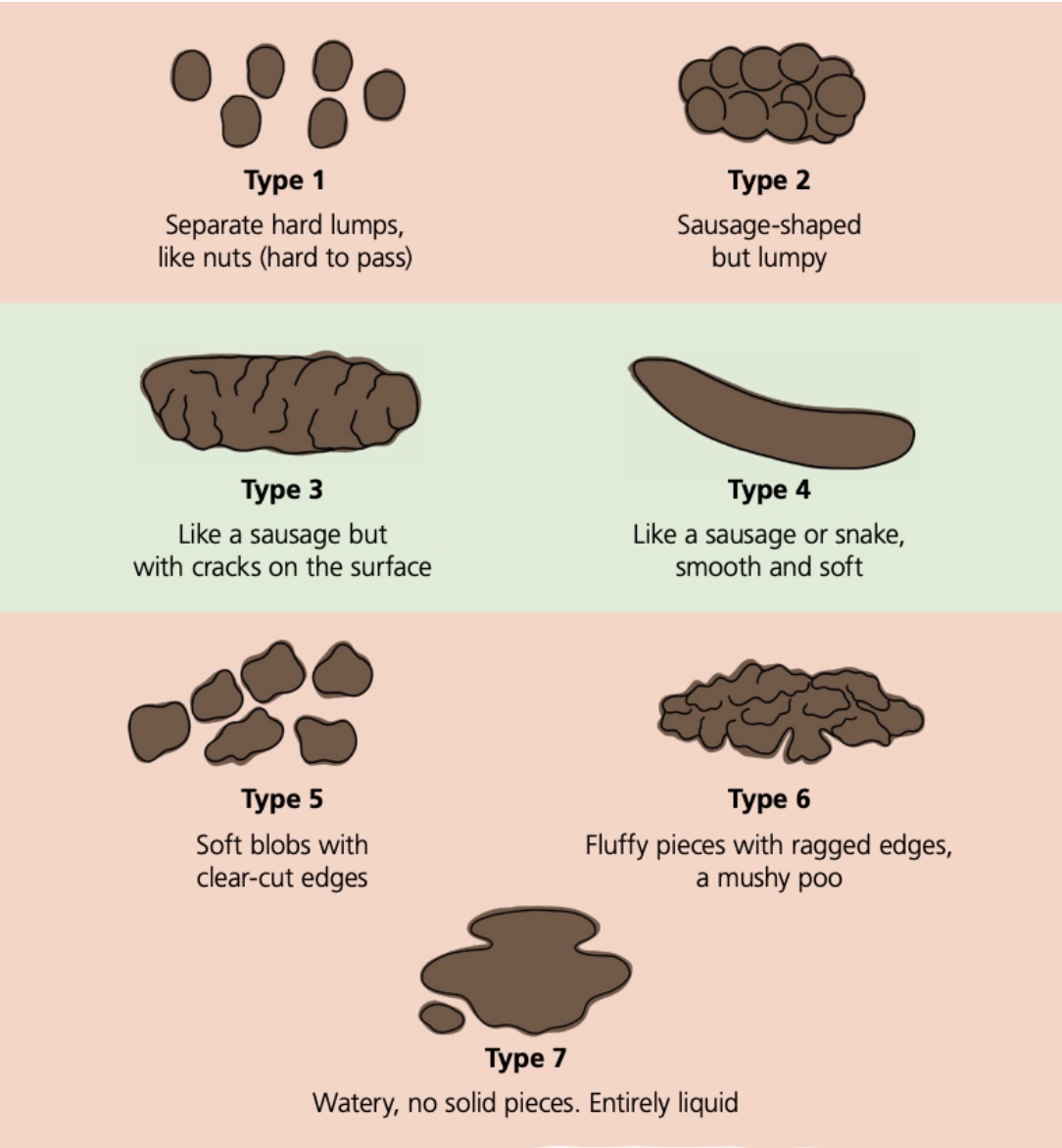
Bristol stool chart. Credits : https://www.england.nhs.uk

